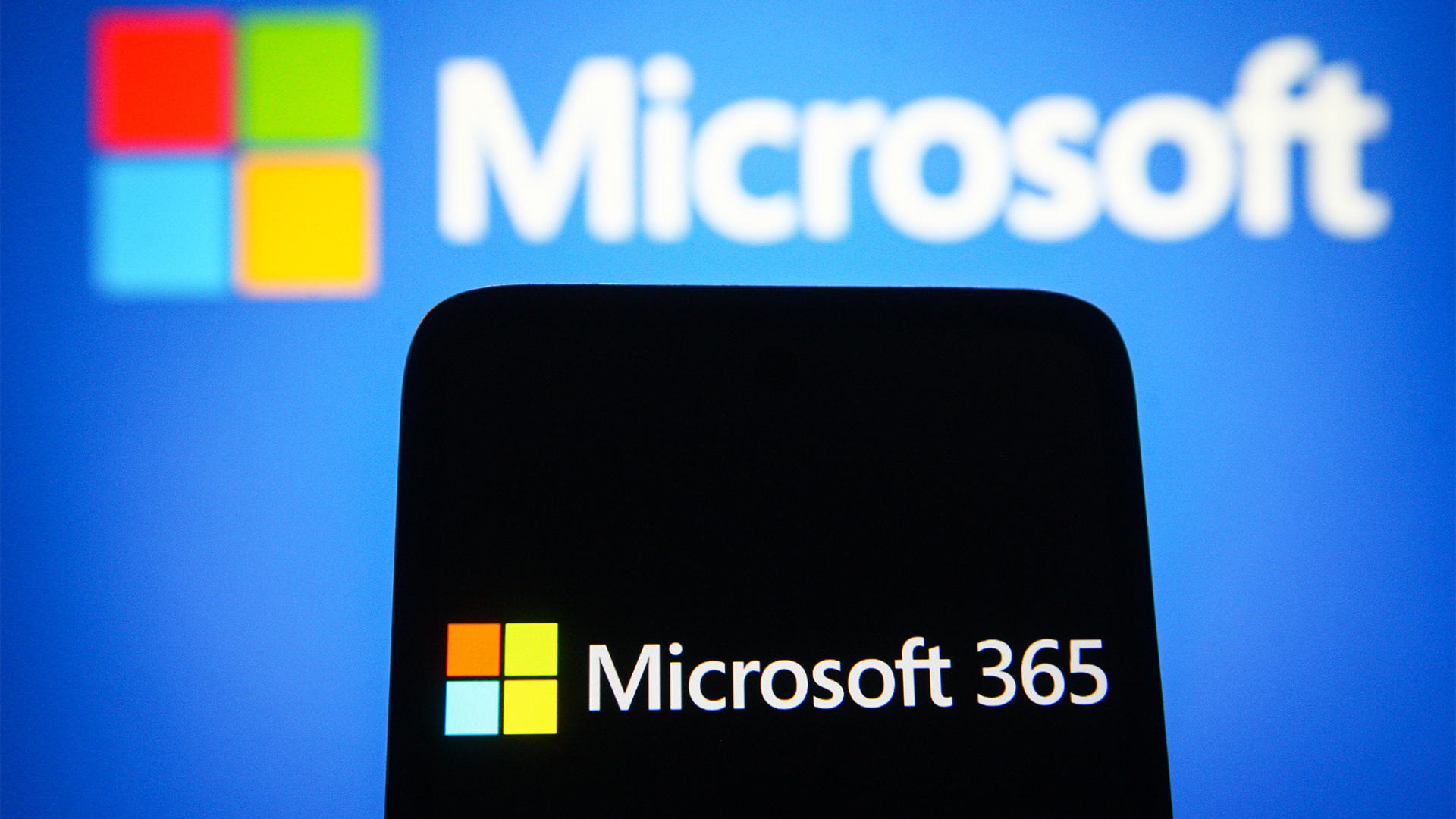Hackers exploiting popular social engineering 'toolkits' to refine cyber attacks
Victims are being asked to download malware through visually compelling fake update prompts


Hackers are regularly using highly customisable online resources to add social engineering components to render their attacks more effective, according to new research from Malwarebytes.
One website identified by the team features an expansive toolkit that has drawn more than 100,000 visits in the past few weeks, offering design and framework support to attackers.
The resource, dubbed Domen, is built around a detailed client-side script serving as a framework for various update templates designed for both desktop and mobile users in almost 30 languages.
"Over time, we have seen a number of different social engineering schemes," said senior security researcher Jrme Segura.
"For the most part, they are served dynamically based on a user's geolocation and browser/operating system type. This is common, for example, with tech support scam pages where the server will return the appropriate template for each victim.
"What makes the Domen toolkit unique is that it offers the same fingerprinting, and choice of templates thanks to a client-side script which can be tweaked by each threat actor.
"Additionally, the breadth of possible customisations is quite impressive since it covers a range of browsers, desktop, and mobile in about 30 different languages."
Sign up today and you will receive a free copy of our Future Focus 2025 report - the leading guidance on AI, cybersecurity and other IT challenges as per 700+ senior executives
The toolkit is loaded as an iframe from compromised websites, most of which run via WordPress, and is displayed over the top as an additional layer. The campaign works by encouraging victims to install updates, like a Flash Player update, but, instead, when clicked, downloads a malicious file.
The campaign also resembles another from 2018 known as SocGholish. Although they are different, both campaigns run on the same principles; in that, they can be found on the same compromised host, abuse a cloud hosting platform like Dropbox, then download a fake 'update' before delivering the NetSupport remote administration tool.
Variants of the social engineering toolkit include Flash Player updates, as well as prompting users to update Chrome, Firefox, or Microsoft's Edge browser.
Social engineering has become a more prominent component of malicious campaigns in recent years due to victims becoming more astute about clear giveaways when it comes to browser-embedded malware and phishing attempts.
An example arose earlier this year of a sophisticated attempt to target C-suite executives within organisations. This featured attackers sending a fake email to executives, centred on rescheduling a board meeting. By following a link, the targets were sent to a page that resembled a Doodle poll, but actually stole their Office 365 credentials.
More recently, the CEO of a UK-based energy firm was tricked into making a fraudulent payment over the phone by AI-powered voice manipulation software. He wired 200,000 to a "Hungarian supplier" at the behest of cyber criminals who were actually mimicking his parent company's chief executive using AI.
With cyber attacks becoming more personalised and sophisticated, it's crucial that organisations become more vigilant over potential threats received via email or while browsing online.

Keumars Afifi-Sabet is a writer and editor that specialises in public sector, cyber security, and cloud computing. He first joined ITPro as a staff writer in April 2018 and eventually became its Features Editor. Although a regular contributor to other tech sites in the past, these days you will find Keumars on LiveScience, where he runs its Technology section.
-
 How to MFA everywhere
How to MFA everywhereIndustry Insights Identity online is not who you are; it is what the system accepts as proof of you, and that gap is exactly what the attackers take advantage of
-
 UK government confirms October cyber breach: Everything we know so far
UK government confirms October cyber breach: Everything we know so farNews Details around Foreign Office hack remain sparse and government says it's unclear who is behind the attack
-
 Warning issued as surge in OAuth device code phishing leads to M365 account takeovers
Warning issued as surge in OAuth device code phishing leads to M365 account takeoversNews Successful attacks enable full M365 account access, opening the door to data theft, lateral movement, and persistent compromise
-
 Amazon CSO Stephen Schmidt says the company has rejected more than 1,800 fake North Korean job applicants in 18 months – but one managed to slip through the net
Amazon CSO Stephen Schmidt says the company has rejected more than 1,800 fake North Korean job applicants in 18 months – but one managed to slip through the netNews Analysis from Amazon highlights the growing scale of North Korean-backed "fake IT worker" campaigns
-
 Complacent Gen Z and Millennial workers are more likely to be duped by social engineering attacks
Complacent Gen Z and Millennial workers are more likely to be duped by social engineering attacksNews Overconfidence and a lack of security training are putting organizations at risk
-
 Hackers are abusing ConnectWise ScreenConnect, again
Hackers are abusing ConnectWise ScreenConnect, againNews A new spear phishing campaign has targeted more than 900 organizations with fake invitations from platforms like Zoom and Microsoft Teams.
-
 The Allianz Life data breach just took a huge turn for the worse
The Allianz Life data breach just took a huge turn for the worseNews Around 1.1 million Allianz Life customers are believed to have been impacted in a recent data breach, making up the vast majority of the insurer's North American customers.
-
 A new, silent social engineering attack is being used by hackers – and your security systems might not notice until it’s too late
A new, silent social engineering attack is being used by hackers – and your security systems might not notice until it’s too lateNews Security researchers have warned the 'FileFix' technique, which builds on the notorious 'ClickFix' tactic, is being used in the wild by threat actors.
-
 The FBI says hackers are using AI voice clones to impersonate US government officials
The FBI says hackers are using AI voice clones to impersonate US government officialsNews The campaign uses AI voice generation to send messages pretending to be from high-ranking figures
-
 Employee phishing training is working – but don’t get complacent
Employee phishing training is working – but don’t get complacentNews Educating staff on how to avoid phishing attacks can cut the rate by 80%